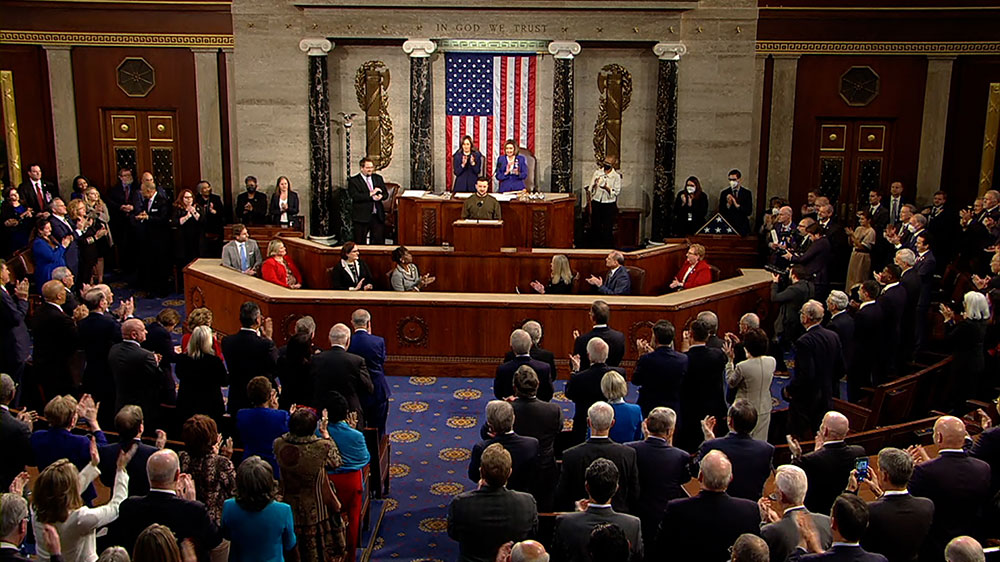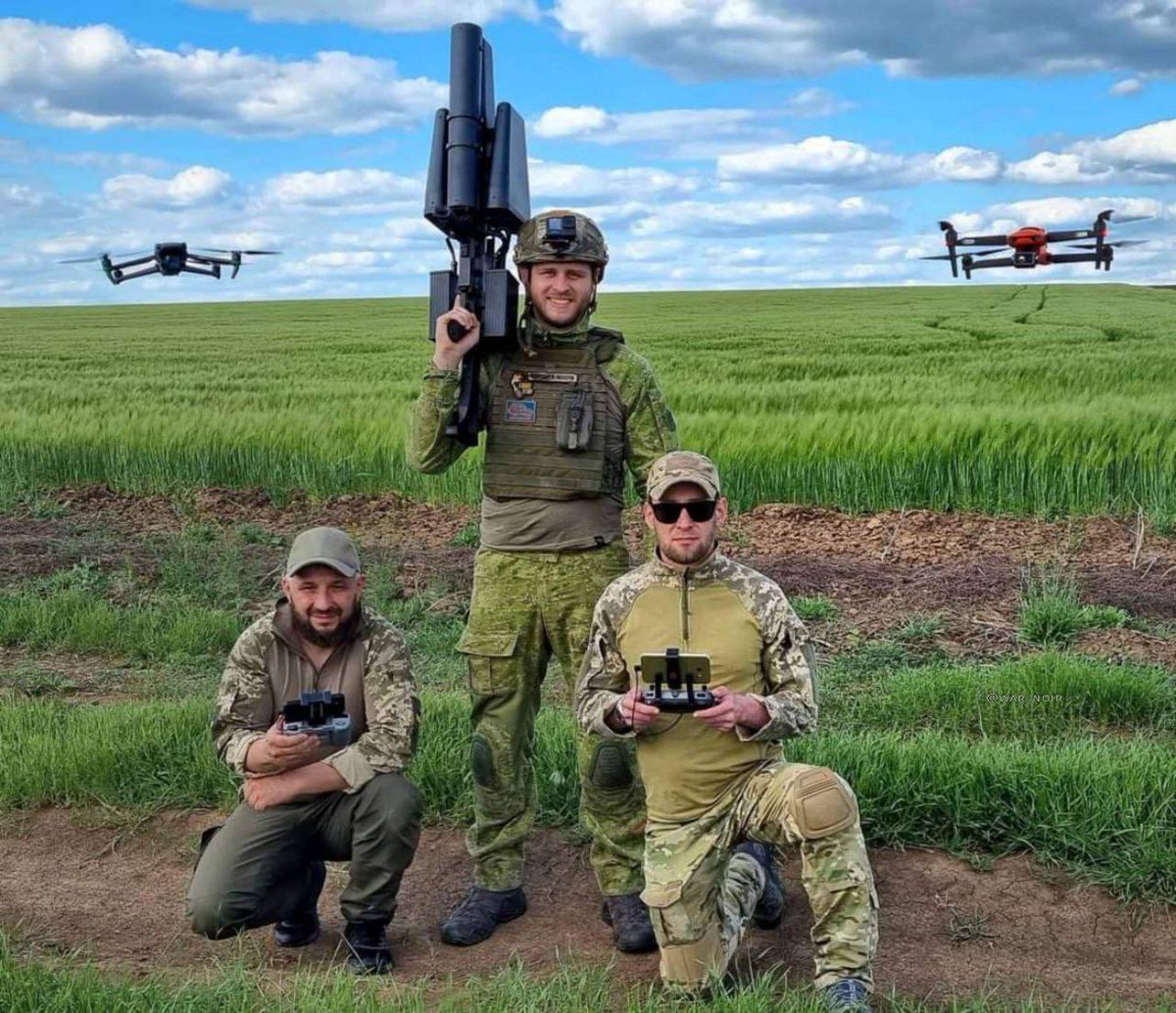
The announcements in the past day of infantry fighting vehicles being sent to #Ukraine represent an increase in capability for Ukraine’s soldiers, and a change in mindset in the Western leaders. What does this mean for 2023? 1/25 🧵🇺🇦 washingtonpost.com/national-secur…
2/ And we should not forget, the French are also contributing to this enhanced armoured fighting vehicle fleet for #Ukraine.
3/ These decisions will have several impacts on fighting - as well as strategy and preparing for fighting - in 2023.
4/ First, these vehicles will provide a clear qualitative increase in capability for #Ukraine. These are leading edge infantry fighting vehicles, designed to fight in a mechanised combined arms team, against Soviet and Russian forces.
5/ This qualitative edge will be important in the battles to come. Ukraine, despite its momentum, demonstrated ability to win and superior morale, will need every edge possible in the tough offensives to eject Russia from its defensive positions.
6/ Not only are these well armoured and armed vehicles, they have very good optics and digital communications - essential for the effective integration of combined arms teams.
7/ A second implication of these vehicles is that #Ukraine will need to continue its transition to standard #NATO logistics processes. Armoured vehicles are supported in echelons from company, battalion and above. So new processes, and new logistic supply chains, will be needed.
8/ Perhaps a thread from logistics expert @TrentTelenko would be in order to cover this topic on support echelons for western armoured vehicles.
9/ A third implication is that the old Soviet-era fleet of armoured vehicles in Ukraine’s military continues to degrade in serviceability - and they have less ammunition. This means Western vehicles are probably here to stay as a long term solution to Ukraine’s land force needs.
10/ But this may also mean that Russia is having similar problems - albeit at a different scale - with availability of vehicles and ammo. This will bear watching, and will be an exploitable weakness for #Ukraine. 

11/ A fourth issue is that additional training will be needed to not just operate and sustain the vehicles, but also ensure they are used as infantry fighting vehicles and not just infantry ‘carriage’ vehicles. There is an important difference.
12/ That said, the Ukrainians throughout this war have demonstrated the capacity to very quickly absorb new weapons and equipment, and then use them in novel or clever ways. Think #HIMARS, Gepards and Javelin. We should expect the same with the Bradley’s and Marders.
13/ A fifth issue is that a single shipment probably won’t suffice. As good as they are, there will be battle losses of these vehicles. More will be needed for Ukraine’s offensives to come. The eventual need will be hundreds of each.
14/ A sixth issue is that this may drive the provision of other armoured vehicles for fast moving and hard hitting mechanised forces. For example, more self-propelled artillery is probably needed for the brigades that will employ the Bradley’s & Marders. regjeringen.no/en/aktuelt/nor…
15/ Additionally, more low-loaders, protected logistics vehicles and protected, mobile C2 vehicles will also be required.
16/ And most important of all - protected mobility support vehicles will be needed for the Sappers to quickly breach or bridge obstacles and sustain the momentum of the advances we expect these vehicles to be used in. Terriers and M9 ACE are good examples of these vehicles. 



17/ A seventh implication is that this may be a step closer to the West providing tanks. While Ukraine has many Soviet era tanks - it’s own and captured - these are wearing out, are short of ammo, and less capable than tanks like the M1 or Leopard.
18/ The best candidate is the M1. The US has thousands in storage that can be upgraded. Poland has just purchased hundreds, so eventually, a common strategic logistics support approach would be possible. Leopards would probably suffice as well. defensenews.com/global/europe/…
19/ The M1 is hard to sustain, but having commanded a mechanised brigade containing M1s, this is sometimes over emphasised. Our brigade had a different logistic support construct from the US Army, and the tanks worked fine. Stop using this as an excuse! 

20/ And providing M1s or Leopards does not ‘escalate’ the conflict. This is an empty argument against providing support to a fellow democracy that has been invaded by a nation with leading edge tanks and long range bombers!
21/ Finally, the provision of these armoured vehicles is a statement of faith in #Ukraine from Europe & America. Nations in Europe, and the US, now appear to believe that Ukraine can win this war. This may result in a range of other support efforts in the coming weeks and months.
22/ This is also a signal to Putin. He will need to rethink his strategic calculus for this war. Assuming Europe will lose patience, the West has confounded Putin by not only staying the course with Ukraine but continuously providing more and better equipment and munitions.
23/ Perhaps Putin should use his Orthodox Christmas ceasefire to think about how Russia can withdraw from Ukraine (including Crimea) in 2023. nytimes.com/live/2023/01/0…
24/ Overall, the provision of the IFVs by America and Germany will have many impacts but is a very positive development. It will increase the fighting power of Ukrainian soldiers - and provide a boost in confidence and morale for #Ukraine. End 



25/ Thank you to the following for the images and links used in this thread: @washingtonpost military-today.com @nytimes @Osinttechnical @IAPonomarenko @defense_news @brycewilsonAU 

• • •
Missing some Tweet in this thread? You can try to
force a refresh














